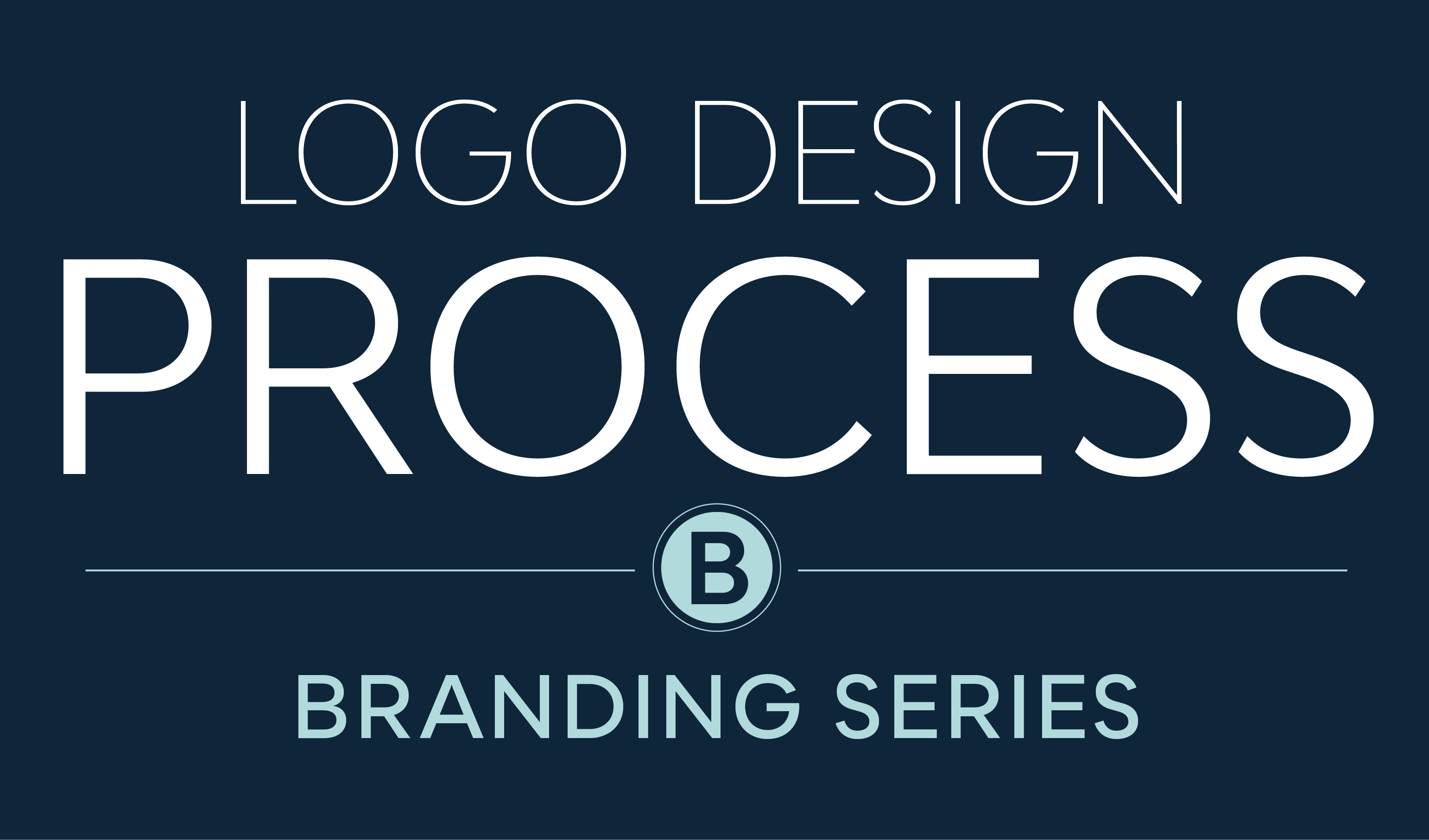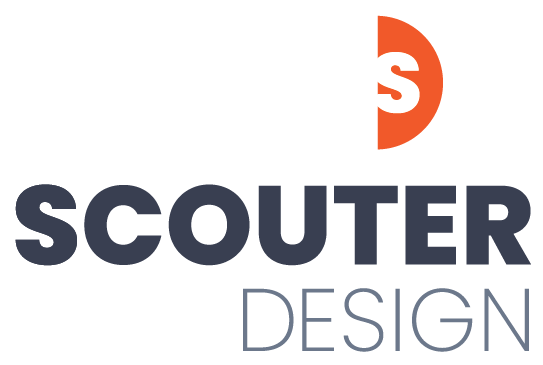
A logo can't describe all that you do but it should be distinct, reflect who you are, and be appropriate for your industry. Getting to the right solution involves conversation, collaboration, and exploration of your brand's ethos with the designer.
"...a logo is not your identity. That would be like saying the outfit you are wearing today defines every aspect of your being--your history, your goals, your personality, your talents. A logo is only a small, albeit very noticeable, part of an identity."
~Bill Gardner, logo creed
What's the logo process like?
Every designer or agency may have a slightly different process but most will take the time to get to know you, your business, your mission/vision and culture, your competitors, and your audience. The more information gathered upfront, the easier it will be to get to the right solution. Here is a peek into the process:
Kick-off meeting
This is a high-level discussion where we will discuss what your company does, your goals and challenges, competitors, target audience, and mission/vision. This is a good opportunity to get to know the designer and their level of experience to make sure they are the right fit for your project.
Discovery Meeting
A discovery meeting digs deep into the core of your company. The goal is to come away with a clear understanding of your company's culture, personality, mission, differentiators, and perceptions from within your industry and your target audience. Some important questions might include: What adjectives best describe your brand's personality? What do you offer that is unique from your competitors? How do you want to be perceived by your target audience? Who are they and what do they care about?
For this meeting, including all decision makers and a wide sampling of employees across the company can provide a diverse set of feedback and perceptions.
"There are so many identities out there that the face of an organization can't just exist; it has to be exceptional in order to break through the static and boost its brand value. It has to have legs, purpose, and meaning. It has to stick to the consumer with an incredibly aggressive adhesive and elicit a reaction."
~Bill Gardner, logo creed
Vision Meeting
At the vision meeting, two to three vision boards will be presented that reveal possible brand directions that align with the brand attributes gathered from the Discovery meeting. Each vision board uses imagery, color, fonts, and other visual elements to evoke a distinct first impression that will resonate with the intended target audience. The vision board sets the visual foundation and tone that we will build upon as we develop the logo and the overall brand.
Presentation Meeting
Two to three logo concepts will be presented at this meeting. The logo will be shown on its own so we can focus on the mark itself; and then shown within the environments it will most likely be used in, such as a website, report, or apparel. A logo is rarely used by itself so it's helpful to see it in context as it can inform which concept will work best under many scenarios. The goal is to select one concept and based on your feedback, we'll refine the logo.
What to think about when choosing a concept.
Choosing a concept can be daunting but here are some things to consider:
-
Does the mark reflect who we are as a company?
-
Is it appropriate for our market?
-
Is it distinct?
-
Is it flexible and work well across all mediums?
The final package.
Every designer may provide something a little different based on your needs but the final package usually includes the logo in color, black/white, and reversed out; it may contain multiple configurations of the logo so it works across all mediums and spaces; various file types for both print and web; and a brand cheat sheet with logo usage guidelines.
Beyond the logo.
Sometimes a more expansive brand book is desired as it addresses the whole company brand rather than just the logo. It can include logo usage guidelines, color palette, font choice, photography guidelines, collateral design samples, examples of voice and tone, and elevator pitches. This is a great tool to ensure brand consistency throughout the company whether it's a client conversation, an internal communication, or external marketing.
The process to design that perfect mark for your business can be intensive but it's worth it. A good logo helps you visually stand out in your industry and acts as a unique identifier that your audience will come to recognize to stay engaged with your brand.
© Scouter Design
Follow me on Facebook: @ScouterDesign | LinkedIn: ScouterDesign

